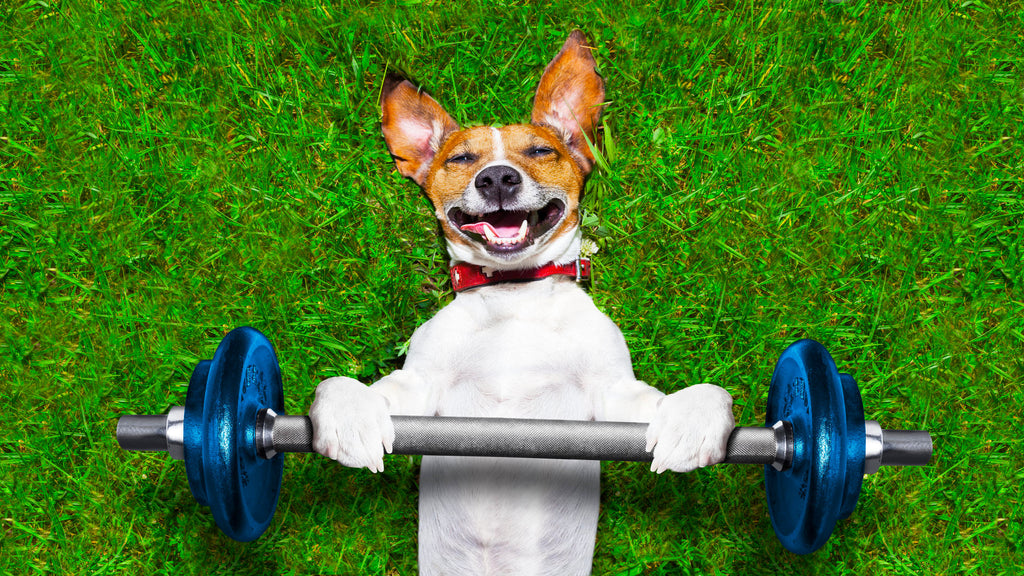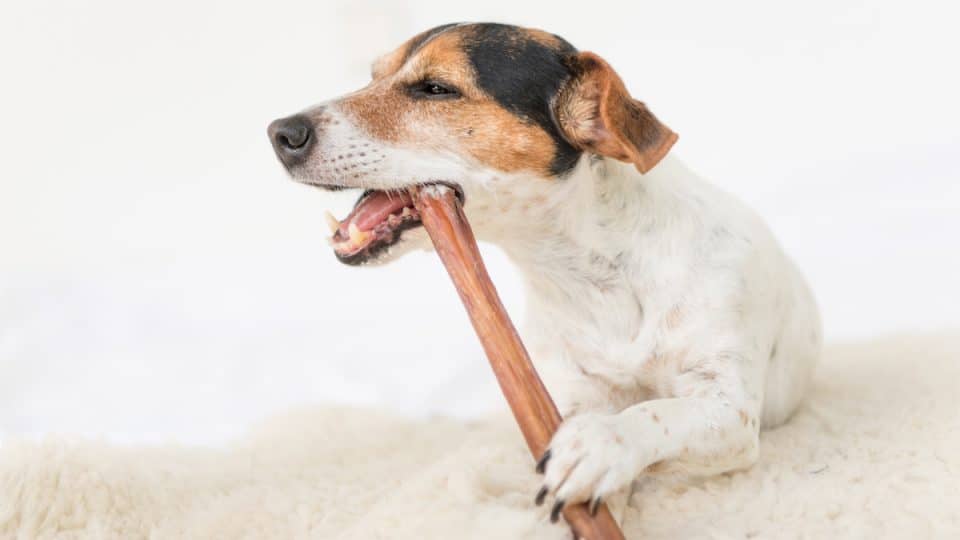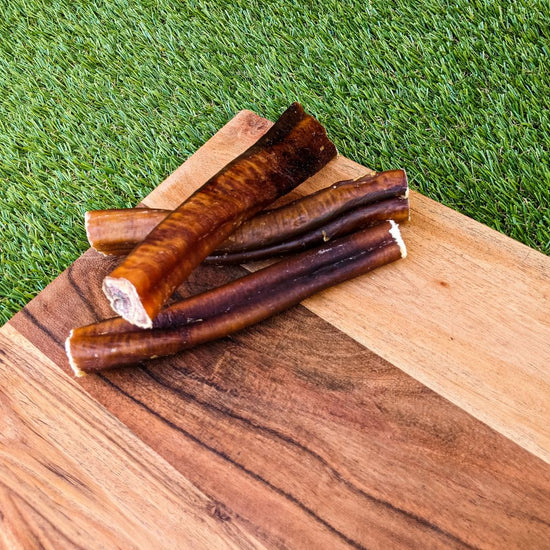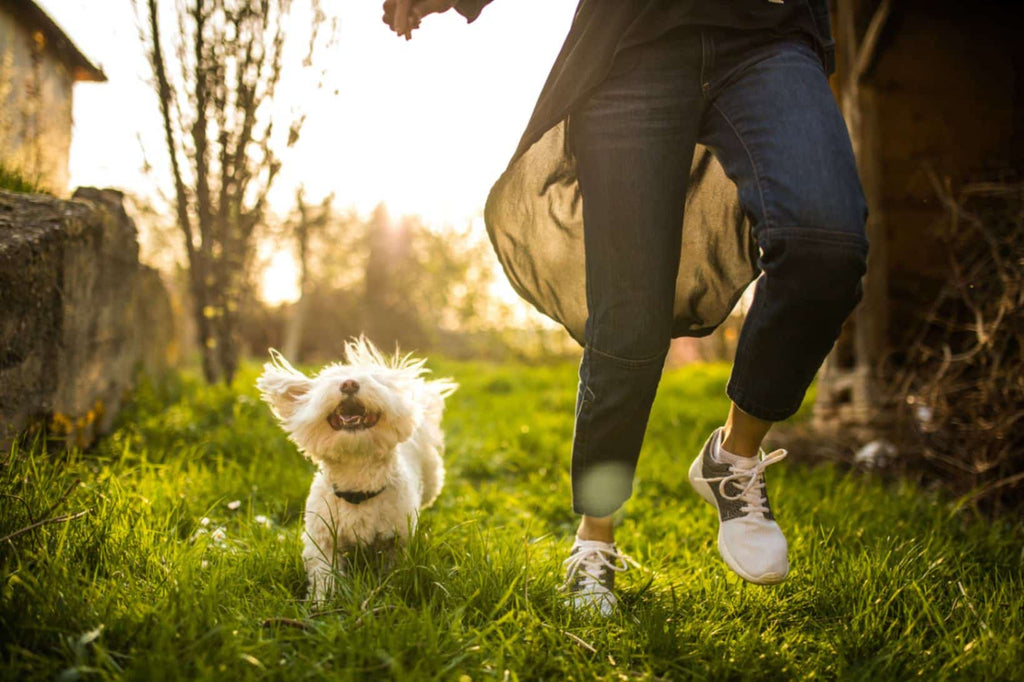
The Ultimate Guide to Dog Exercise: Keeping Your Pet Active and Healthy

Regular exercise is crucial for your dog's physical and mental well-being. It helps maintain a healthy weight, reduces the risk of diseases, and provides mental stimulation. This comprehensive guide will explore the importance of dog exercise, various activities you can do with your dog, and tips for ensuring your pet stays active and healthy.
Why Is Exercise Important for Dogs?
1. Physical Health: Exercise helps maintain a healthy weight, which is essential for preventing obesity-related issues such as diabetes, heart disease, and joint problems. It also promotes cardiovascular health and improves muscle tone and strength (Fluffy Tamer) (DecsPets).
2. Mental Stimulation: Regular physical activity provides mental stimulation, which is crucial for preventing boredom and behavioral problems. Dogs that do not receive enough exercise may develop destructive behaviors such as chewing, digging, and excessive barking (DecsPets).
3. Bonding: Exercising with your dog strengthens the bond between you and your pet. It provides an opportunity for you to spend quality time together, enhancing your relationship and mutual trust (The Rich Groomer).
Types of Dog Exercise
1. Walking: Walking is the most basic and essential form of exercise for dogs. It helps maintain a healthy weight, improves cardiovascular health, and provides mental stimulation. Aim for at least 30 minutes of walking daily, adjusting the duration based on your dog’s age, breed, and energy level (The Rich Groomer).
2. Running and Jogging: For more active breeds, running or jogging can be an excellent way to burn off excess energy. Ensure your dog is physically capable of handling the intensity, and gradually build up their stamina (DecsPets).
3. Fetch: Playing fetch is a great way to exercise your dog while also providing mental stimulation. It encourages your dog to run and chase, which helps improve their agility and coordination (The Rich Groomer).
4. Swimming: Swimming is a low-impact exercise that is especially beneficial for dogs with joint problems or arthritis. It provides a full-body workout without putting stress on the joints. Always supervise your dog while swimming and ensure they are comfortable in the water (Fluffy Tamer).
5. Agility Training: Agility training involves navigating an obstacle course, which provides both physical and mental stimulation. It helps improve your dog’s coordination, balance, and focus. You can set up a simple agility course in your backyard or join a local agility club (DecsPets).
6. Interactive Toys and Puzzles: Interactive toys and puzzles can keep your dog mentally stimulated while also encouraging physical activity. These toys often require your dog to work for treats, providing a rewarding and engaging experience (Fluffy Tamer).
Tips for Exercising Your Dog
1. Consider Your Dog’s Age and Health: Adjust the type and intensity of exercise based on your dog’s age and health condition. Puppies and young dogs have higher energy levels and may require more vigorous exercise, while older dogs may benefit from low-impact activities like walking and swimming (The Rich Groomer).
2. Be Mindful of Weather Conditions: Extreme temperatures can affect your dog’s ability to exercise safely. Avoid vigorous activities during hot weather to prevent heatstroke, and be cautious of icy or slippery surfaces during cold weather (DecsPets).
3. Use Appropriate Gear: Ensure your dog is wearing a comfortable collar or harness and a sturdy leash. For activities like running or hiking, consider using a hands-free leash or a dog backpack to carry water and treats (Fluffy Tamer).
4. Provide Plenty of Water: Always have fresh water available for your dog, especially during and after exercise. Hydration is crucial for maintaining your dog’s health and preventing overheating (The Rich Groomer).
5. Monitor Your Dog’s Behavior: Pay attention to signs of fatigue or discomfort, such as excessive panting, limping, or reluctance to continue. Allow your dog to rest if they seem tired or show any signs of distress (Fluffy Tamer).
Common Exercise Mistakes to Avoid
1. Overexertion: Avoid pushing your dog too hard, especially if they are not used to regular exercise. Gradually increase the intensity and duration of physical activities to build their stamina and prevent injuries (The Rich Groomer).
2. Lack of Variety: Providing a variety of exercises helps keep your dog engaged and mentally stimulated. Mix up their routine with different activities to prevent boredom and keep them excited about exercising (DecsPets).
3. Ignoring Your Dog’s Preferences: Not all dogs enjoy the same types of exercise. Pay attention to your dog’s preferences and tailor their exercise routine to activities they enjoy. This ensures they remain motivated and happy (Fluffy Tamer).
Conclusion
Regular exercise is essential for maintaining your dog’s physical and mental health. By incorporating a variety of activities into your dog’s routine and paying attention to their individual needs, you can ensure they lead a happy, healthy, and active life.
FAQs:
Q: How much exercise does my dog need? A: The amount of exercise your dog needs depends on their age, breed, and energy level. Most dogs benefit from at least 30 minutes to 2 hours of physical activity daily (The Rich Groomer).
Q: Can I exercise my dog indoors? A: Yes, there are several indoor exercises you can do with your dog, such as playing fetch, using interactive toys, and setting up an indoor agility course (Fluffy Tamer).
Q: What are the signs that my dog needs more exercise? A: Signs that your dog needs more exercise include restlessness, excessive barking, destructive behavior, and weight gain (DecsPets).
For more detailed information and resources, you can visit The Rich Groomer, Dec's Pets, and PawPurrfect.






